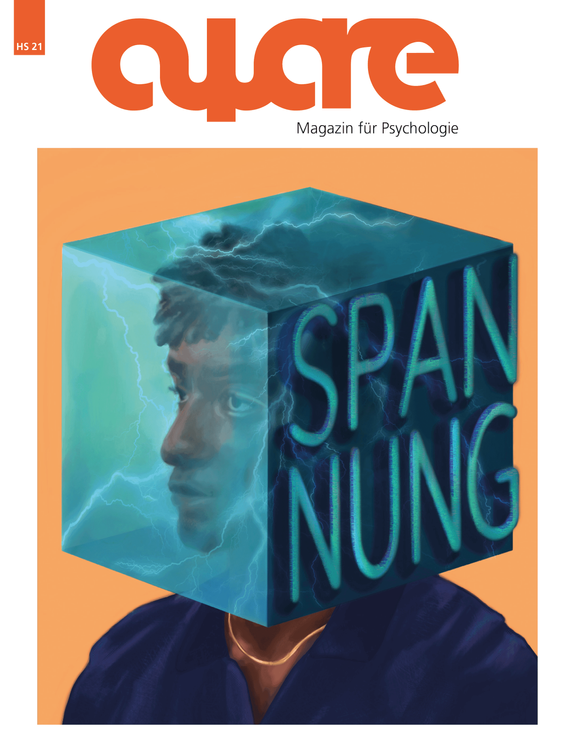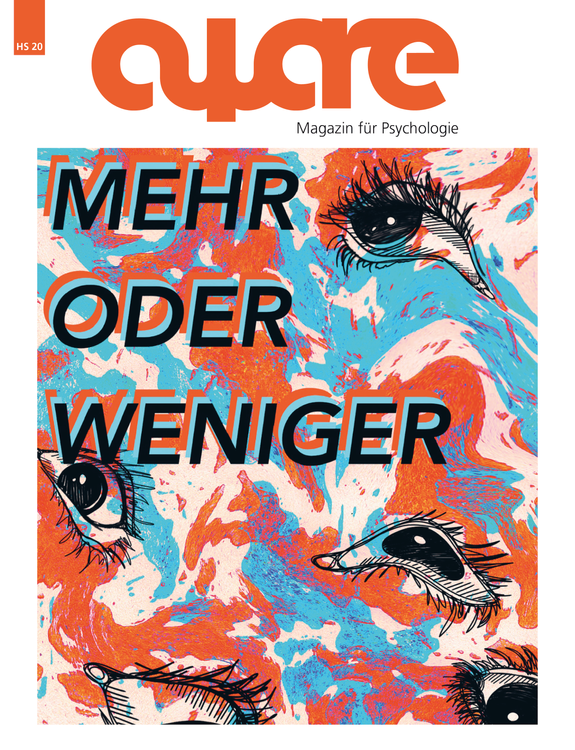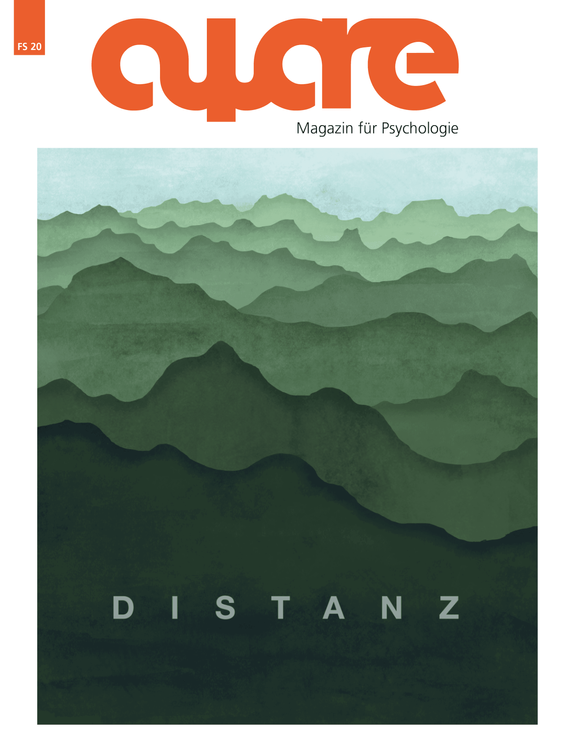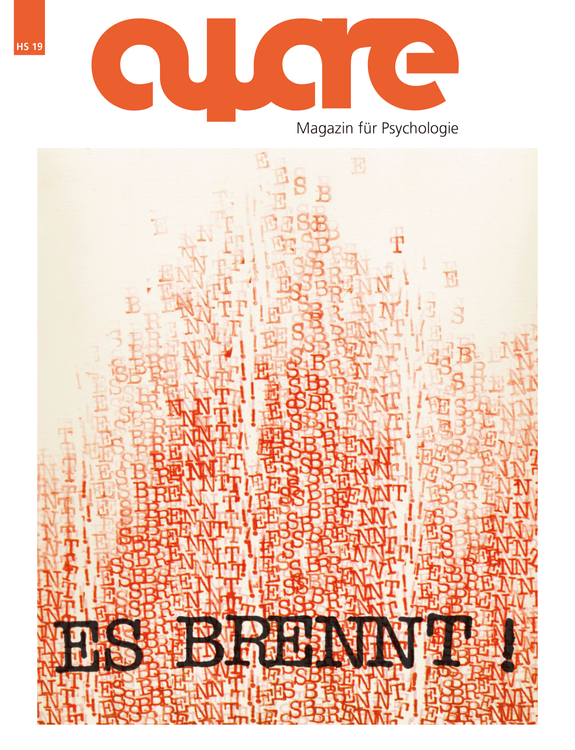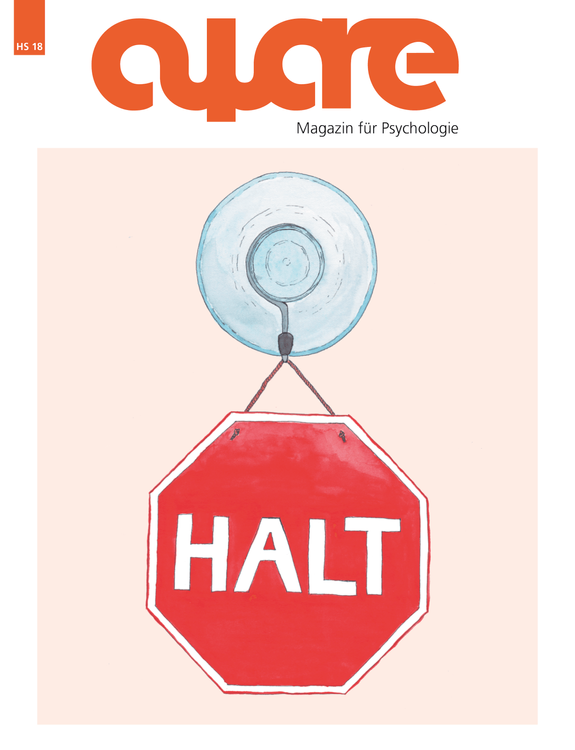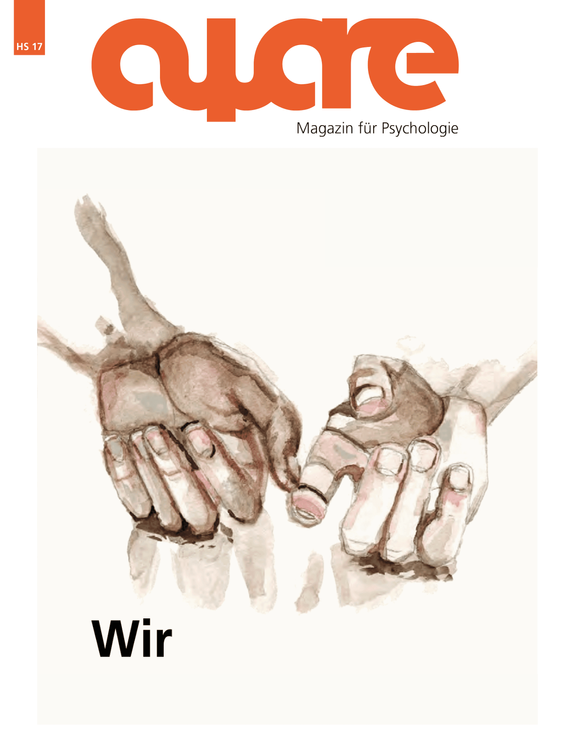Exploring the realm of behavioral economics, this article delves into how subtle environmental «nudges» shape our everyday choices. Dive into the compelling dance between autonomy and subtle persuasion, where the art of nudging meets the science of choice.
«Really, any situation where you’re making a choice has an architecture to it.»
D id you know that even the humble office printer could be quietly shaping your behavior? Welcome to the fascinating world of behavioral economics, where even the smallest details in our environment can have a big impact on our actions. Take, for instance, the «double-sided printing» setting that is often the default on printers. This is not just a convenient feature; it is a subtle nudge towards eco-friendliness, capitalizing on our tendency to go with the flow of preset options. Such nudges are all around us, gently steering our behavior in ways we seldom notice. This is the hidden power of behavioral economics at play in our everyday lives, turning mundane choices into opportunities for (ideally and hopefully) positive change.
Behavioral economics blends psychology and economics challenging the notion of humans as rational «homo economicus» by revealing our frequent irrational choices (e. g., Kahneman, 2003; Thaler & Sunstein, 2008). This field emphasizes our reliance on mental shortcuts or heuristics as well as our proneness to biases as described by psychologist Herbert Simon’s (1957) concept of «bounded rationality», which acknowledges our limitations in processing information. However, Gerd Gigerenzer (2017) suggests a positive spin on this: heuristics, by filtering out excess information, can lead to effective decisions. He advocates for the value of gut feelings in decision-making, implying that our intuitive processes have their own wisdom in handling complex choices (Gigerenzer, 2017; Gigerenzer & Gaissmaier, 2011).
Ever wondered how unseen biases shape your decisions? Let’s have a look at the anchoring bias. This bias, often unnoticed, heavily relies on the first piece of information – the «anchor». It is everywhere, from how you view insurance policies, where the initial quote skews your judgment of value, to the art of price negotiations, where the first price mentioned sets the bargaining range (c.f. Townson, 2019). Intriguingly, this is not just for the uninformed; even seasoned judges are swayed by initial numbers, regardless of their expertise (Englich & Mussweiler, 2012). Anchoring shows its subtle power across various facets of life, highlighting that our decision-making is not as objective as we believe. Next time you are evaluating options or setting a price, remember: the first number you hear or say might just anchor your entire decision process.
How biases and heuristics influence our decision-making
How do biases and heuristics work? How can they influence our decisions without us consciously realizing? To explain these processes, Daniel Kahneman (2011) describes two cognitive systems, System 1 and System 2. These are two distinct modes of thinking within a two-process model, a concept utilized in various fields of psychology. The idea is: System 1 operates quickly and intuitively, often subconsciously, while System 2 is slower, more deliberate, and logical. It requires more cognitive resources, enabling complex decision-making and long-term planning. However, it is easily disrupted by simultaneous mental processes. The dominance of either system in decision-making depends on the context, with System 1 prevailing in habitual behaviors and System 2 in scenarios requiring justification or significant outcomes. Thus, System 1 is the starting point of our thought processes, with System 2 stepping in when necessary. This division of labor is efficient, as System 1 makes our daily life much smoother; the only catch is that it is always on, providing a constant backdrop for biases to subtly slip into our decision-making at any moment (cf. Kahneman, 2011).
Is nudging morally and ethically acceptable?
The phenomenon of different aspects influencing our decision-making was made use of for deliberate purposes. If our brain is able to manipulate us, we can surely do it from the outside as well, if we know how it works. This is how nudging became popular. Remember the printer example from the beginning? This is exactly what nudging is: subtly influencing decisions by structuring choice environments – the technical term is choice architecture – without restricting freedom or significantly altering incentives (Hansen & Jespersen, 2013; Thaler & Sunstein, 2008; 2013). It is based on the premise that decision-making can be predictably swayed by minor changes in how choices are presented (Johnson et al., 2012). In essence, choice architecture is not just about guiding decisions; it is about creating an environment where making the right choice feels as natural as walking a well-designed path (Bub & Pildes, 2014).
However, this approach raises ethical concerns, particularly regarding its potential for manipulation and infringement on personal autonomy, specifically when used for political purposes as the UK government did when it introduced its very own «nudging unit» (Rutter, 2020). The crux of these concerns lies in the potential for nudging to manipulate individuals subtly and infringe upon personal autonomy (e.g., de Quintana Medina, 2021; John et al., 2009; Thaler & Sunstein, 2013).

Critics of nudging argue that despite its presentation as a benign form of libertarian paternalism it can effectively function as a form of covert paternalism. The most potent nudges are often those that operate under the radar, subtly shaping behavior without overt detection. This raises the possibility of power being misused by those who design and implement nudging strategies (Hausman & Welch, 2010). In addressing the ethical dimensions of nudging, a distinction is drawn between transparent and non-transparent nudges. Transparent nudges are characterized by their openness regarding intent and methods of influence. These nudges maintain the clarity of the decision-making process and are congruent with an individual's conscious preferences. Conversely, non-transparent nudges operate more surreptitiously, potentially manipulating behavior in ways that the individual does not fully understand or recognize (Thaler & Sunstein, 2013) Proponents of nudging, like Thaler and Sunstein (2008; 2013), advocate for its ethical viability under the framework of libertarian paternalism, which emphasizes preserving freedom of choice. They argue that nudges can guide people towards beneficial choices while still allowing them the liberty to choose otherwise. However, this stance is met with criticism on several fronts. Critics contend that nudges by capitalizing on cognitive biases and potentially diminishing deliberate thought can still be ethically problematic (Saghai, 2013). They point out that nudges may provoke irrational psychological responses or operate covertly circumventing conscious decision-making processes. A further critique arises from the observation that even individuals knowledgeable about biases, nudges, and heuristics, such as psychologists are not immune to their effects (e. g., Englich & Mussweiler, 2012; Grüne-Yanoff, 2012). This suggests a limited ability to safeguard oneself from their influence on decision-making. Moreover, the impact of nudges is not universally consistent; research indicates that nudges can have varying, and sometimes adverse, effects on different individuals or groups (e. g., de Quintana Medina, 2021; Marteau et al., 2011).
In a nutshell …?
Where does this leave us? Is nudging – and with this behavioral economics applied in the real world – good or bad? The debate over the merits and drawbacks of nudging reflects a complex and multifaceted discussion. On one hand, nudging is championed for its ability to steer individuals towards healthier and more sustainable choices through subtle guidance rather than through forceful measures. This aspect underscores the potential of nudging to foster positive behavioral changes in a non-intrusive manner. On the other hand, the concerns regarding personal autonomy and the risk of manipulation are equally compelling. These apprehensions highlight the ethical dilemma inherent in nudging: the fine line between beneficial guidance and covert control. In this light, the ethical application of nudging requires a nuanced approach. It involves a careful consideration of the context and purpose behind each nudge, ensuring that they are not only transparent but also resonate with the values and preferences of the individuals they aim to influence. It is about leveraging our understanding of human behavior to encourage positive choices, while simultaneously safeguarding individual freedom and autonomy. This complex interplay between influence and independence is a fundamental aspect of the human experience, underscoring the intricate nature of decision-making in our modern world.





